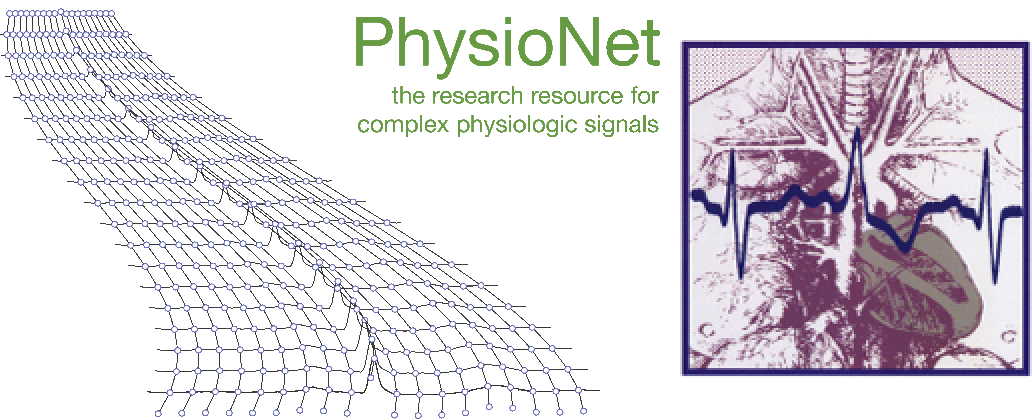- Registration form
- Example MATLAB and Python submissions and scoring code
- Submission instructions and form
- Leaderboard, results, and papers
- Public discussion forum
- Rules and deadlines
- Current and general FAQs
- About
Session P73.2
Prediction Of Paroxysmal Atrial Fibrillation By Footprint Analysis
C.-C. Yang
National Yang-Ming University
Taipei, Taiwan
This study presents a new, simple algorithm called footprint analysis to predict risk and onset of paroxysmal atrial fibrillation (PAF) from single channel surface electrocardiogram. The approach is based on hypothesis that subject who has risk of PAF may display a specific pattern in change of heart rate. This can be applied as footprint to identify the risk and onset of PAF. The binary code (0,1) is assigned according to difference of adjacent R-R intervals to represent acceleration and deceleration of heart rate, respectively. A R-R interval series is continuously calculated by a 17 heartbeats window, which results in a set of 16-bit number. Each number represents a specific pattern of heart rate variation. The goal of this algorithm is to determine which number has higher possibility in PAF patients for risk assessment, and to identify the number that only present before onset of PAF. A set of number determined by the algorithm from learning dataset was then applied as footprint to the testing dataset. Score for event 1 was 33/50 (CinC Challenge 2001 entry 20010422.030701) and score for event 2 was 38/50 (CinC Challenge 2001 entry 20010423.045638). In conclusion, the successful of this algorithm is to identify hidden pattern embedded in the highly dimensional phase space of R-R intervals. Further evaluation in the link between microscopic variation in R-R intervals and macroscopic physiologic conditions may be useful in screening and predicting the onset of atrial arrhythmias.
Supported by the National Institute of Biomedical Imaging and Bioengineering (NIBIB) under NIH grant number R01EB030362.
© PhysioNet Challenges. Website content licensed under the Creative Commons Attribution 4.0 International Public License.
